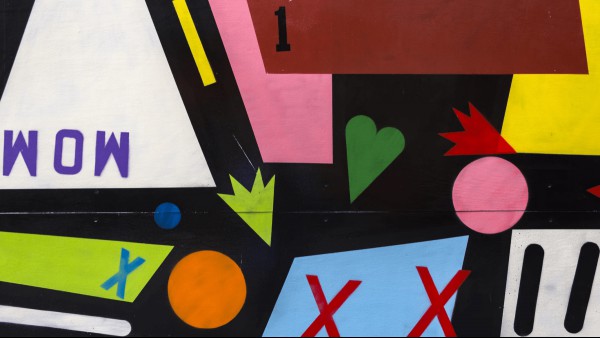If you only ever had exposure to a single language, it would be easy to take certain aspects of it for granted. You might assume that all languages have the same subject-verb-object order, or that all languages are read left-to-right or right-to-left (depending on your starting point). Perhaps you grew up speaking only English and were later somewhat surprised to learn that Hebrew and Arabic are read from right to left, or that some languages, like Mandarin and Mongolian, are written top to bottom.
Suffice it to say that the rivers of language run in many directions. The written orientation of a language is called directionality.
It also apparently affects more than just the way you’re accustomed to reading text on a page. A group of researchers found that the directionality of a language can affect the way people represent time spatially. That makes sense when you consider that training your eye and hand movements in a certain direction also creates deep associations with the way chronological order works visually, or with the way you organize information generally.
What may not be as readily apparent is how languages settled into various grooves of directionality in the first place. The short version is that we’re not entirely sure — but we have some pretty good guesses.
How Languages Got Their Directionality
A prevailing theory is that directionality was a mechanical consequence of the way languages were written. For instance, East Asian languages, which are often written top to bottom, were once written on scrolls. It would be easier for someone to write top to bottom with one hand holding the paper.
Right to left languages are more geographically concentrated in the Middle East, however, where people used stone tablets. Presumably, right to left made more sense for this method, assuming most people are right-handed (which an estimated 90 percent of the world population is), because they would be holding the tablet with their left hand and thus obstructing the left side.
Meanwhile, the use of ink for a right-handed person meant that it made more sense to keep one’s hand away from the freshly inscribed text by writing left to right in order to prevent smudging.
Left-To-Right Languages
Most languages in the world are written from left to right. This is the case for any language using the Latin alphabet, as well as Cyrillic, Greek and various Southeast Asian writing systems.
Believe it or not, English came pretty close to being a right to left language. Back in the day, Old English was written in the runic alphabet, a writing system that ran right to left in its earliest iterations. Eventually, though, the Latin alphabet replaced runes, reversing the directionality.
Right-To-Left Languages
The two most well-known right to left languages are Arabic and Hebrew, which share a common linguistic ancestor in the Aramaic alphabet. Persian, Sindhi and Urdu all use adapted forms of the Arabic alphabet. Azeri, Kurdish, Azerbaijani, Rohingya, Fula, N’ko, Syriac and Maldivian are also right-to-left languages.
Top-To-Bottom Languages
Most of the world’s top to bottom languages are found in Asia. These include Mongolian, Chinese, certain Japanese dialects, and a couple Korean dialects, though some are written vertically from left to right, and some are written vertically from right to left. Chinese, Korean and Japanese are also often written horizontally, too, from left to right.











